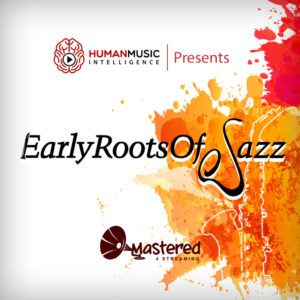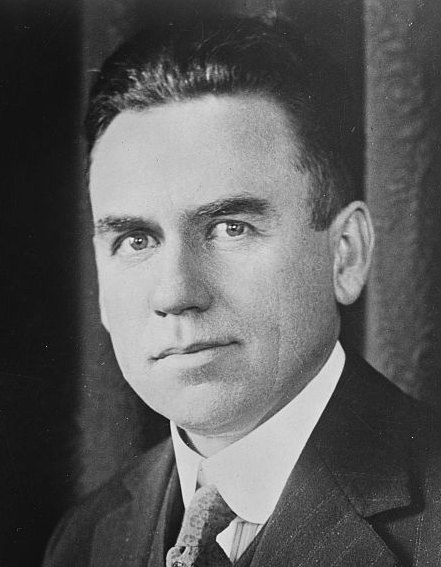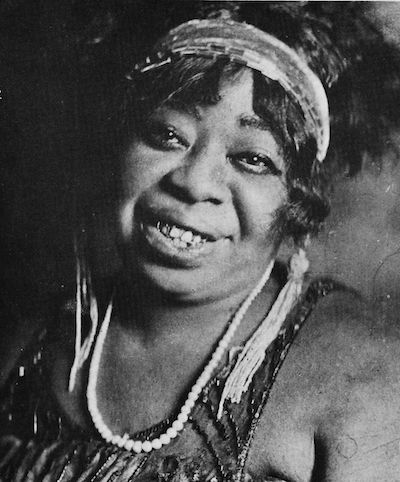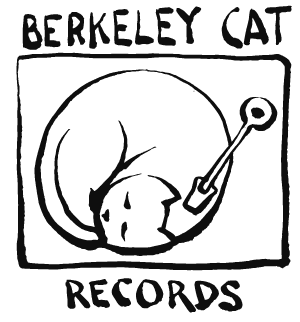by Matthew King Kaufman | Jun 5, 2021 | Blog, Free Listen, General, Mastered4Streaming

I owe my understanding of recorded music to record collectors. In today’s world, these collections need to be digitized (analog to digital) and posted somewhere. Like this one on YouTube.com. Jazz roots have been recorded, and are now in the public domain starting with the early recordings in the beginning of the 20th century. It was called Jazz when it got to Chicago at the turn of the century.
by Matthew King Kaufman | Oct 24, 2020 | General
Randy Rainbow owes a lot to Tom Lehrer. Before musical satire was an accepted art form, Tom was a pioneer (this link expires when the site is taken down.) I was surprised at how little has changed. Except for the outfits, music satire hasn’t changed much. Tom has left his music to the public.
by Matthew King Kaufman | Aug 15, 2020 | Blog, General
Public domain music is very, very significant. It reflects our culture in a nutshell. It requires music collectors/lovers to share these cultural nuggets. We thank them. Music that survives the ages of neglect and competition from modern artists is truly worthy of listening to and sharing. The multi-national corporations compete for your eyeballs and time with their music. Public domain music becomes even more enjoyable as it survives. The “top down” nature of the “music business” makes this “bubble up” of music love even more significant. Any music made before 1924 can be used by you and me with no permission or payments due to anyone.
This song written by Jelly Roll Morton when he was a teenager qualifies as a public domain composition. I found a version performed by Jelly Roll Morton himself, preserved by music fans just read the comments.
by Matthew King Kaufman | Apr 29, 2020 | Blog, General
I always loved the Stooges. I was surprised to find 3 videos had become public domain thru the not timely copyright renewal route. It seems you can find a lot of FREE videos on YouTube.com
It seems the “Modern Version” which includes the original Curley’s grandson and is the public’s (a PSA about the coronavirus.)
by Matthew King Kaufman | Feb 21, 2020 | Blog, Free Listen, General, PUBLIC DOMAIN

This 1924 recording of this top-selling “Hillbilly-marketed” song became public domain in January. Recorded by Country Hall of Fame Honoree, Vernon Dahlhart, who was born Marion Try Slaughter, for Victor Records, this recording became one of the biggest selling singles of the 1920s. Written by Vernon but copyrighted in the name of his cousin, Guy Massey, it has been re-recorded by many famous artists such as Hank Snow and Bill Monroe. This single “The Prisoner’s Song” was #1 on the charts for over 12 weeks and sold over 9 million copies.
by Matthew King Kaufman | Jan 3, 2020 | Blog, Free Listen, General

1924 and Jazz’s early recorded history are now converging. This Jazz classic, Gertrude “Ma” Rainey’s See See Rider Blues, was written and performed in 1924. It also features Louis Armstrong on trumpet. The best part is it’s yours, Or should I say ours?




